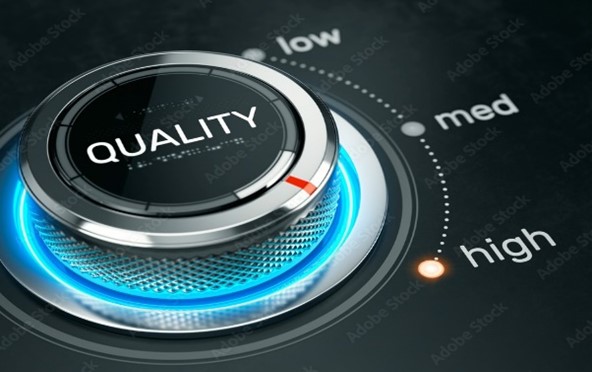Quality Control Procedures and Timelines
Step 4 – Establish quality control procedures

At this point you should turn your attention to quality control. This will determine the accuracy and usefulness of the data you collect. As soon as the transcription/translation process begins, a system needs to be in place to check the accuracy and precision of the conversion processes. At a general level, transcription and translation recordings (audio and visual) should be compared to their original sources. This should be an ongoing process which makes it easier to catch mistakes in a timely manner and correct them before they become systemic to the data. Many professional transcription and translation companies provide this service, but this can be a costly process. The same holds true if this process is done in house. There is no way around this step if you want your data to be accurate.
Step 5 – Establish a realistic timeline

Many research projects have faltered because those responsible for the project did not establish a realistic timeline. As you plan your strategy, begin to ask how long you expect each task to take. For certain tasks such as those requiring logistic difficulties, timing constraints, or third-part participation, you may want to add extra time to be sure you capture those contingencies within the overall time window for the project.
It may be necessary to adjust the timeline for certain aspects of the research project. If this is the case, then you will need to recalculate the overall timeline for the project. If you need to recalculate the overall timeline many times, that is a clue that you did not have realistic timelines for certain parts of the research project. Take note of the areas that you need to change and make the necessary adjustments for subsequent projects. As you gain experience planning and conducting research projects, this process will become easier.